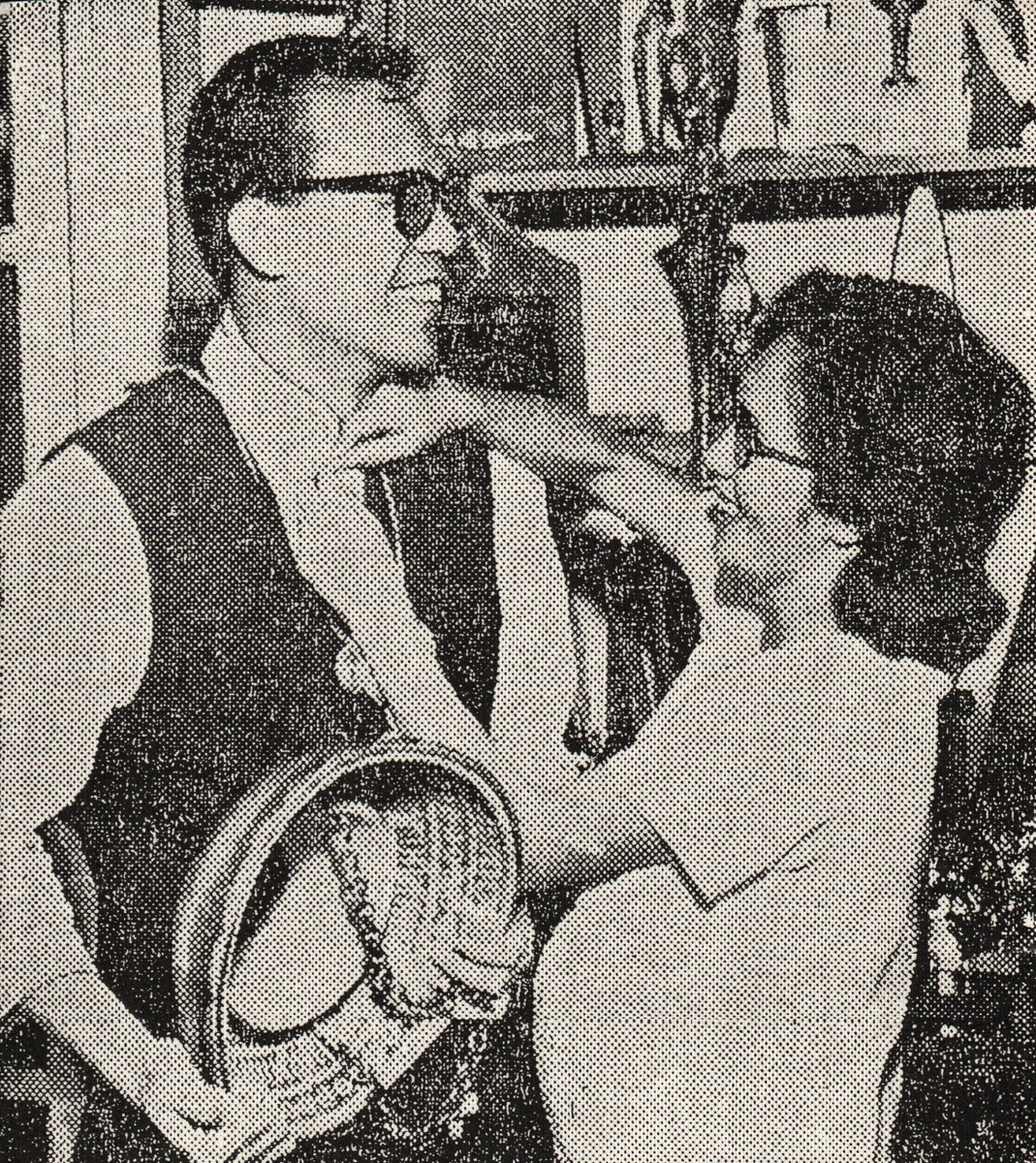Filipino American National Historical Society
I’ve had experience with nontraditional archive collections before working on this project. In 2021, I received the annual Visual Resource Association Foundation grant to survey the Tacoma Public Library’s Richards Collection, a 500,000+ item “dark archive” to locate, digitize and describe Black, Asian and Native American representation in the collection.
The process was riddled with dead ends in the form of thousands of school portraits in segregated institutions, industrial patent photos of plywood and appliance parts and countless, unsalvageable bricks of nitrate film. As chaotic as this all felt to navigate, the Richards collection still resembled a formal, archival collection from the outside, filed away neatly with and given complete collection level metadata.
✺

The Filipino American National Historical Society, founded by Dr. Dorothy Laigo Cordova and her late husband Fred Cordova, have worked to:
“Promote understanding, education, enlightenment, appreciation, and enrichment through the identification, gathering, preservation, and dissemination of the history and culture of Filipino Americans in the United States”.
When I visited, the archive was in the process of moving from an upper floor into the basement of the red brick Immaculate Conception Church in the Cherry Hill neighborhood of Seattle, Washington, where the late Fred Cordova was also the Deacon of the Archdiocese of Seattle. Dorothy (who will ask you to call her ‘Auntie Dorothy’ affectionately) was being assisted in the moving and organizing of materials by her son Damian.
✺
Space, Process and Style
Walking down a flight of stairs, the reception room contained a small desk, an older computer and multiple bookcases packed with reference materials and archival holdings side by side. This led to a small reading room and a larger room down the hall containing personal collections donated to the society, kept in cardboard boxes and organized by the donor’s name.
There is no digital or publicly available catalog of the items in the archive, instead, there are general sections for the different areas; scrapbooks here, personal collections here, but all other points of reference come directly from the Cordovas.
Adding to this contrast, Dorothy and her son Damian didn’t “act like archivists,”, casually shouting at each other between rooms about where certain things were located, in a way that only family members can do. These performative aspects of what an archive space should or shouldn’t sound like are particularly prone to bias because these standards have little to do with “best practice” and wade into troublesome, euro-centric concepts of the library as a controlled space.
✺